Non-traditional facemasks prohibited over safety concerns
Non-traditional or overbuilt facemasks contain more bars, smaller spaces between bars and cover a larger area.
These particular facemasks more frequently fail the certification standards established by the National Operating Committee on Standards for Athletic Equipment (NOCSAE), the organization that oversees the safety of equipment.
Until further information on the safety of non-traditional or overbuilt facemasks is determined, only traditional facemasks will be permitted by Football Canada.
Examples of traditional and non-traditional facemasks can be found here.
Players wearing non-traditional facemasks will be subject to rule 1, section 11, article 1, penalty c (page 10) of the Canadian Amateur Tackle Football Rule Book:
Loss of 5 yards from point where the ball would have been put into play, if no other foul had occurred, or added to the penalty for any other foul. The offending player shall be removed from the game until the illegal equipment is replaced. Immediate substitution will be made, but the game shall not be delayed. If more than 1 player offends on the same play, only 1 penalty L5 will be applied for that play. Fouls on subsequent plays will be penalized in the same way – L5 on each play where 1 or more players offend.
Recent research also suggests that the use of overbuilt or non-standard facemasks present specific safety risks and should not be used. The NFL banned the use of non-traditional facemasks in 2014 and the NCAA followed their lead by banning them in 2015.
Among the studies, Dr. Erik E. Swartz of the University of New Hampshire concluded four primary concerns listed below:
- Added weight and more robust construction of the masks appears to negatively affect the structural integrity of the helmet during impact certification tests.
- The added weight of the masks acts to shift the head’s centre of gravity forward. This could have a tendency to fatigue the neck extensors and result in a head-down position during contact and tackling. The added weight increases the head’s effective mass and may increase rotational acceleration following impact.
- The additional, smaller spaces created in the mask increase the risk of another player’s finger getting incidentally caught between the wires, potentially causing serious hand injury of the opponent as well as neck injury of the wearer.
- The additional material may negatively affect a player’s behavior during contact and tackling due to an added false sense of security.
See the Swartz (2014) full research summary here.
This post is also available in: French

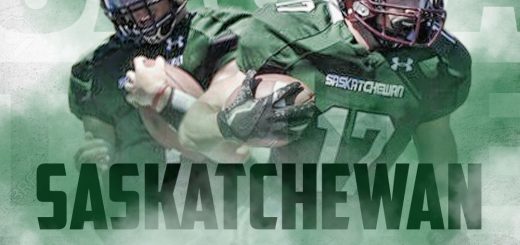
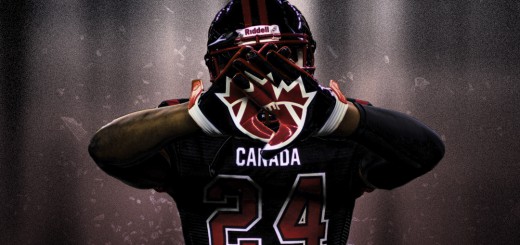
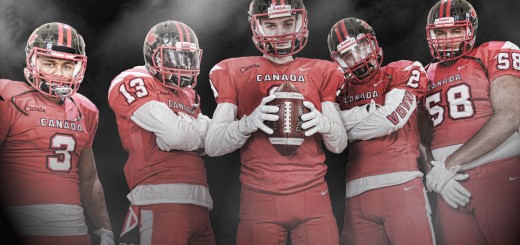

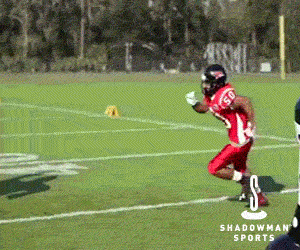

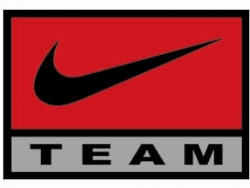



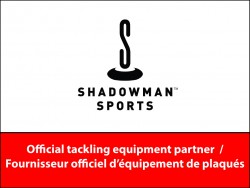







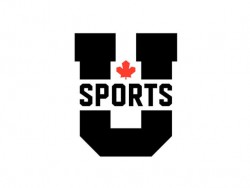

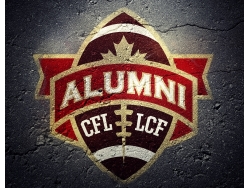

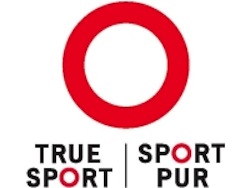
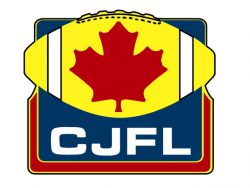










 Check your NCCP Certification
Check your NCCP Certification